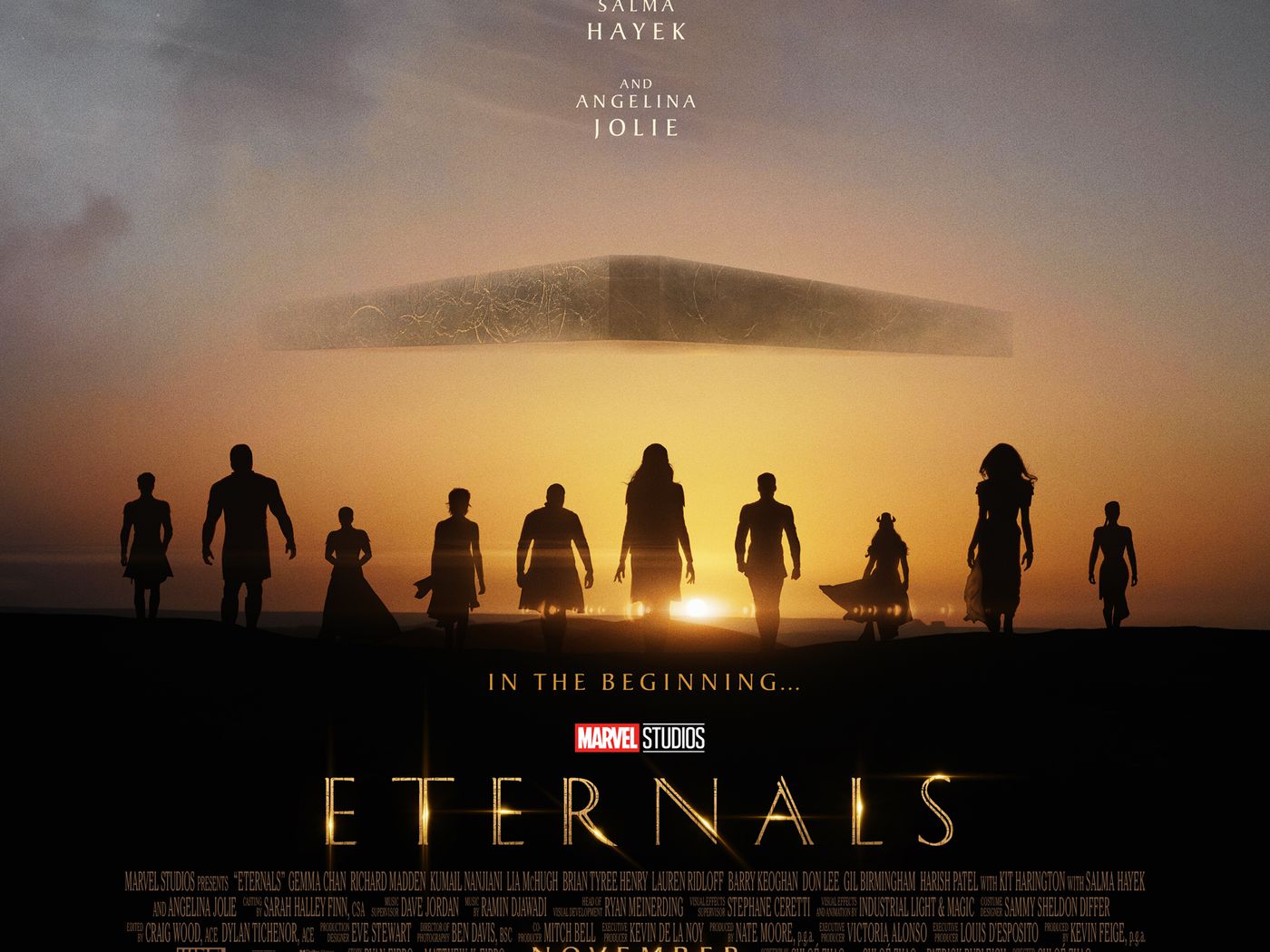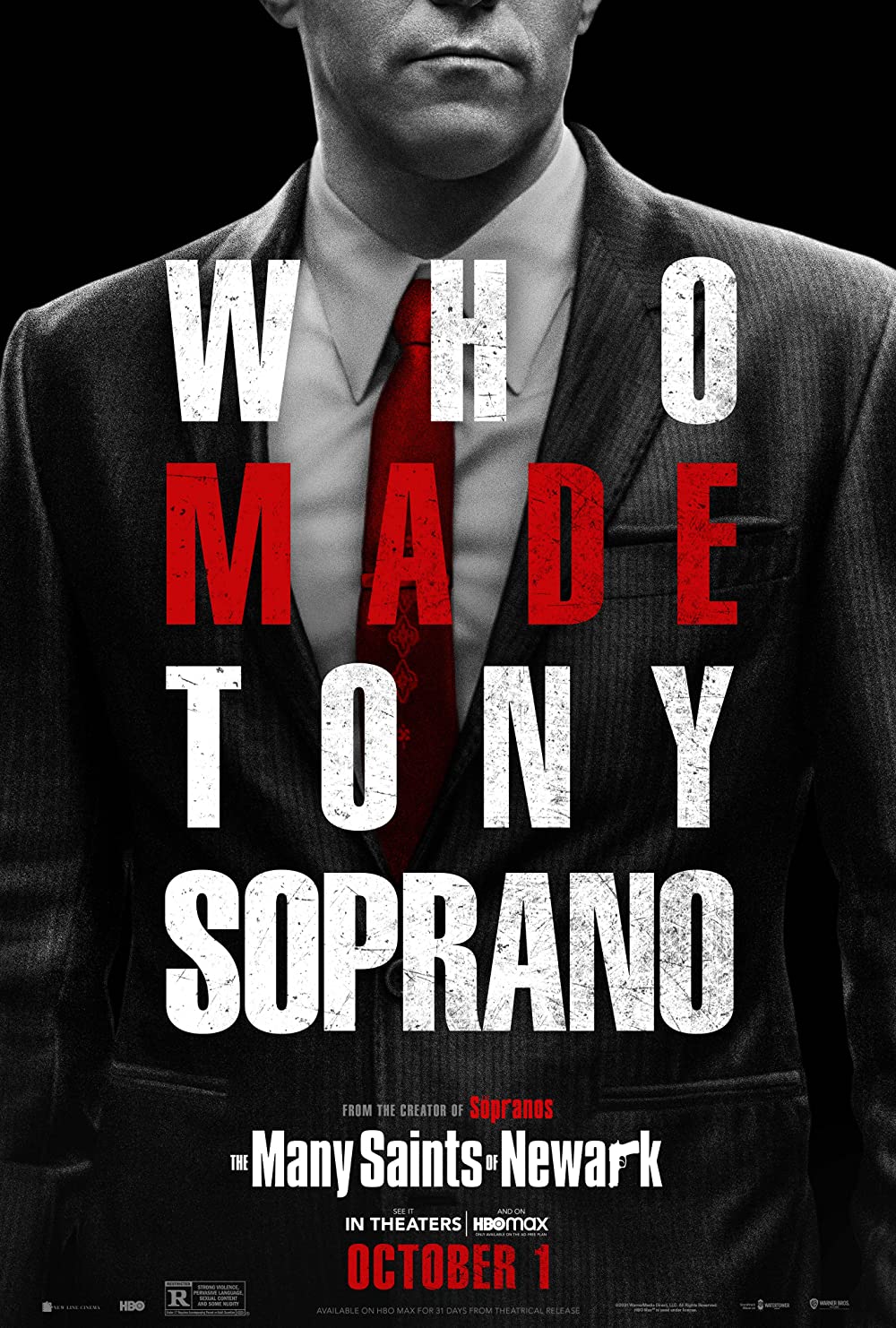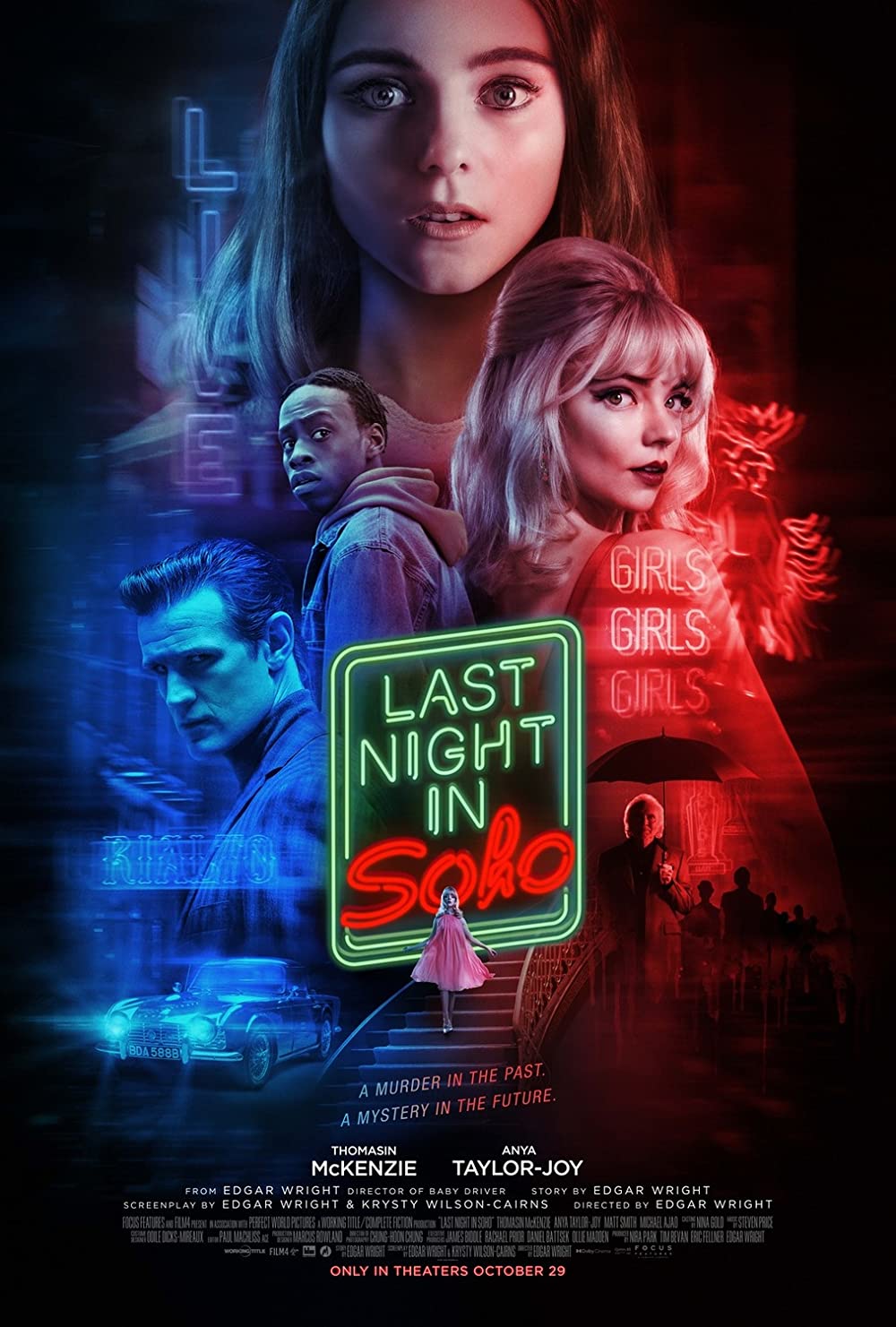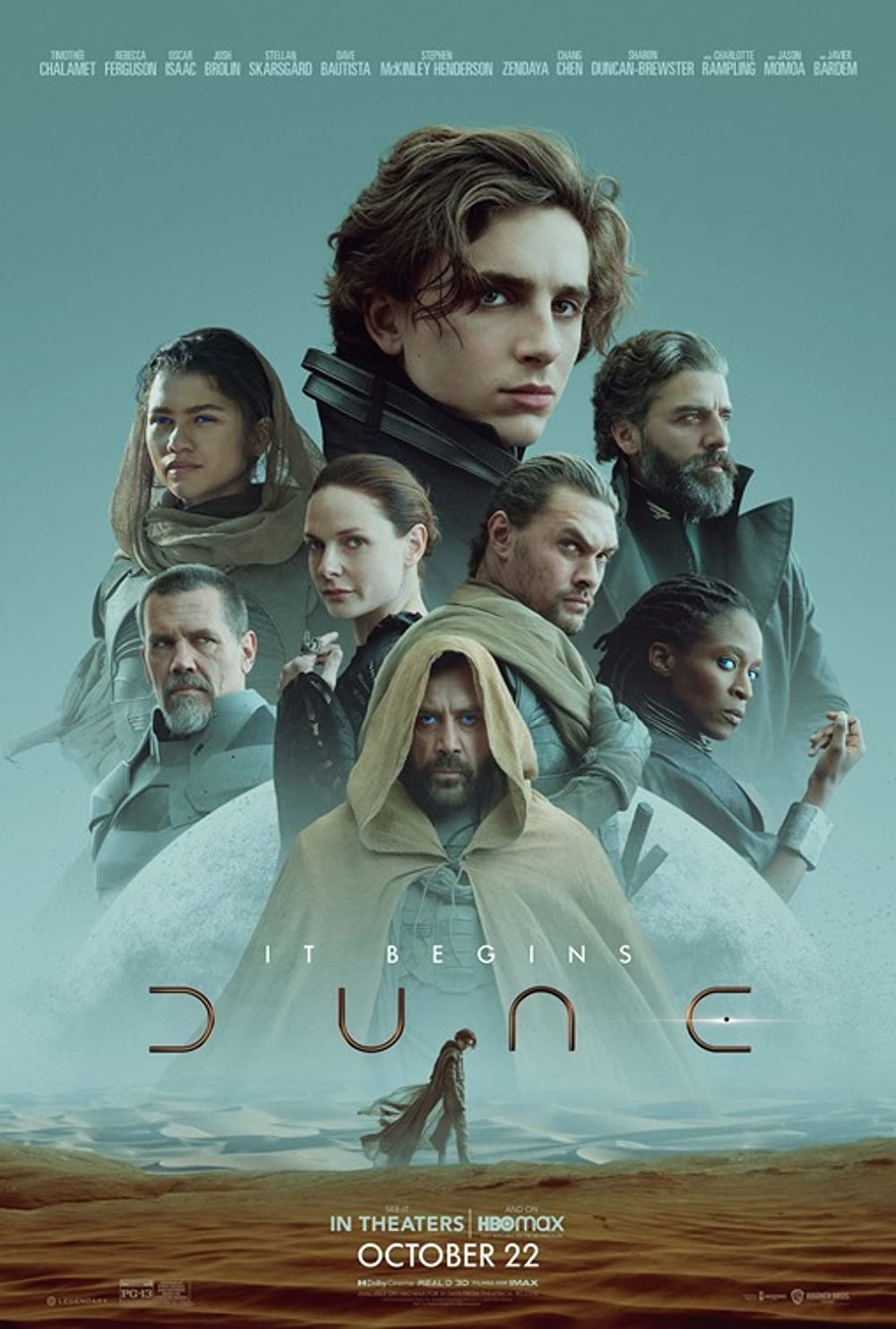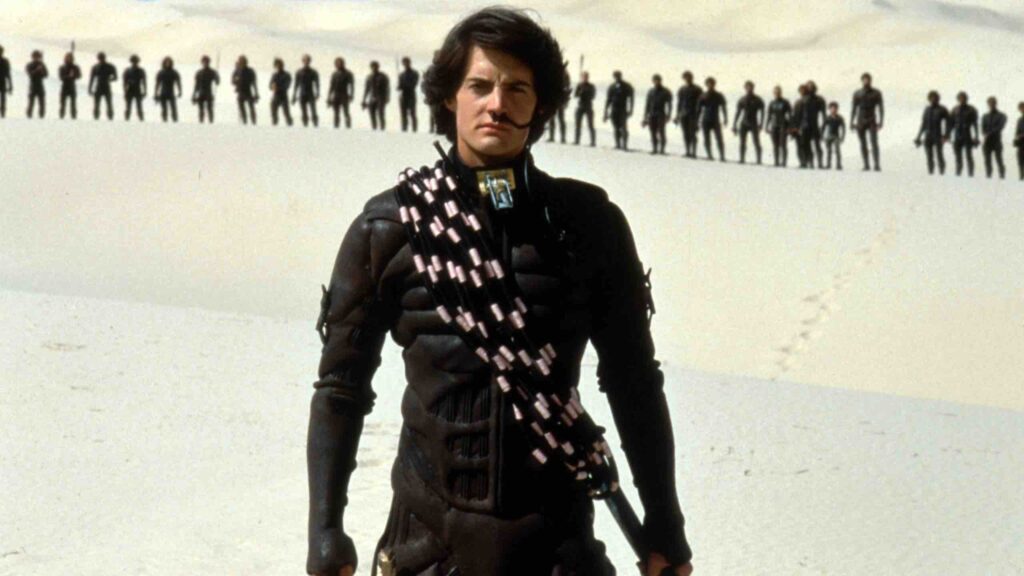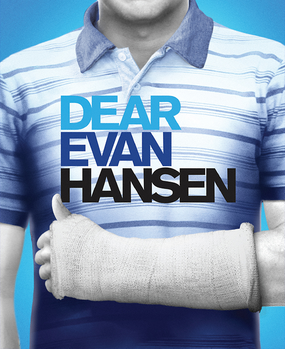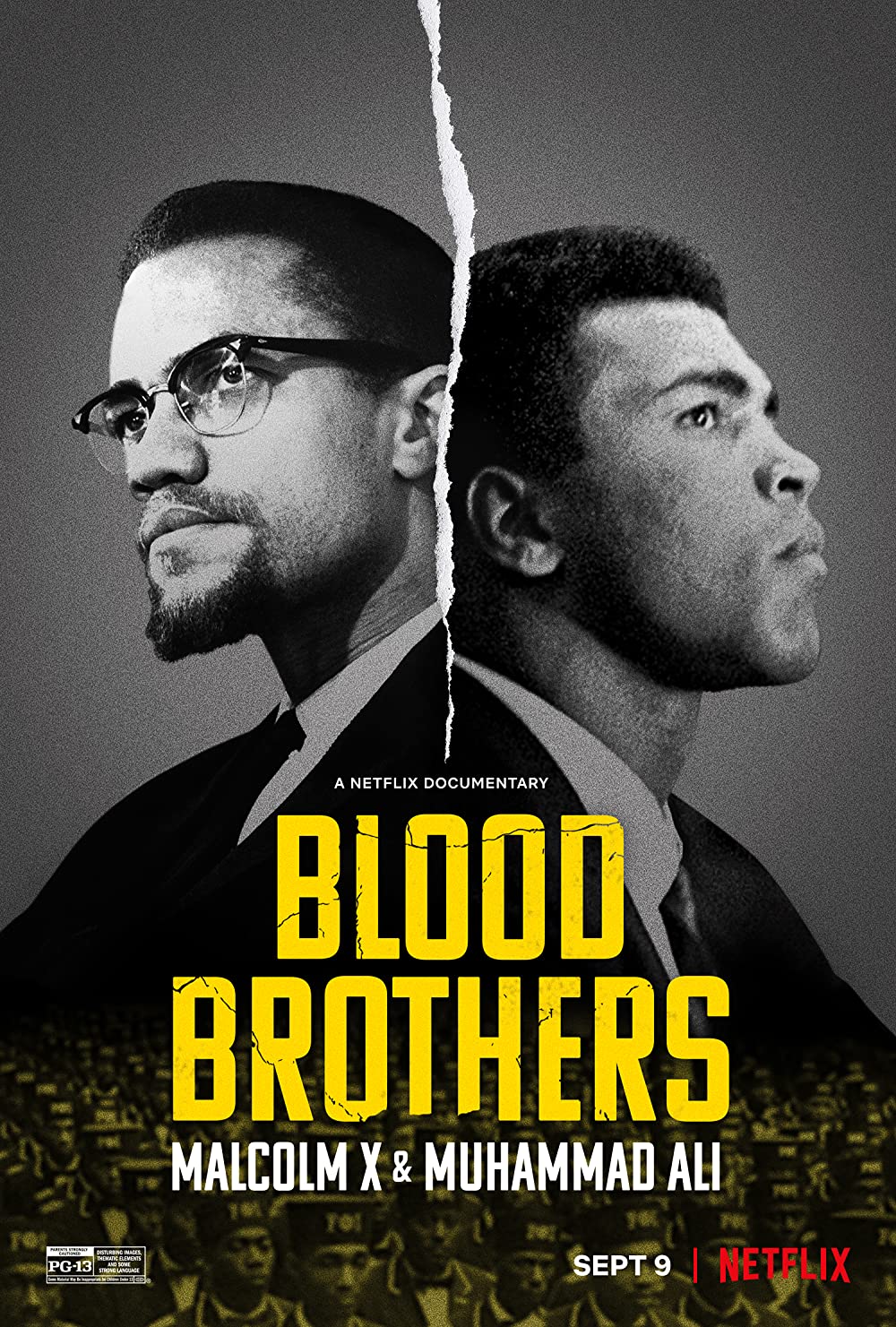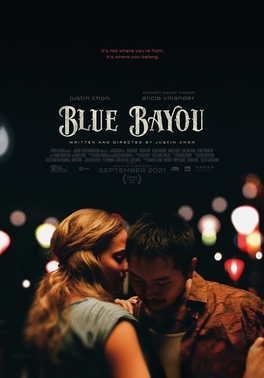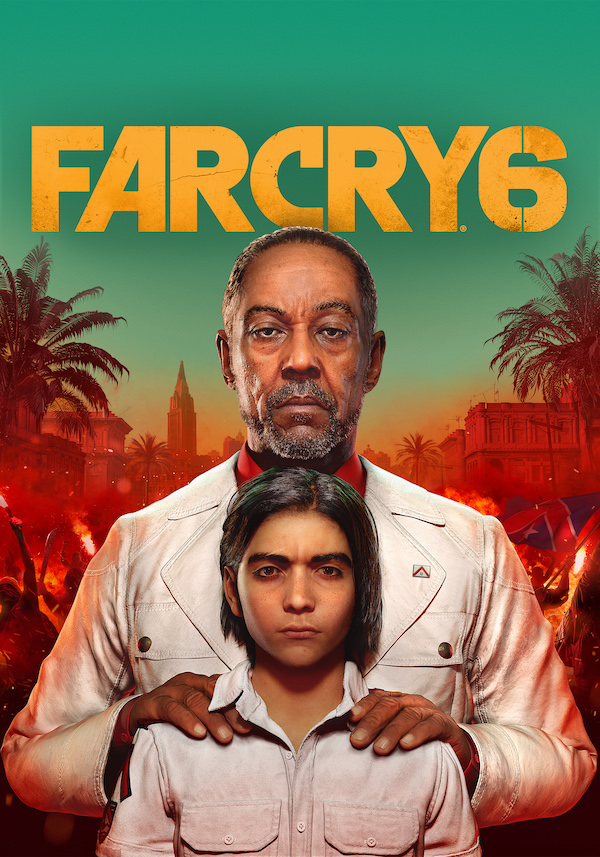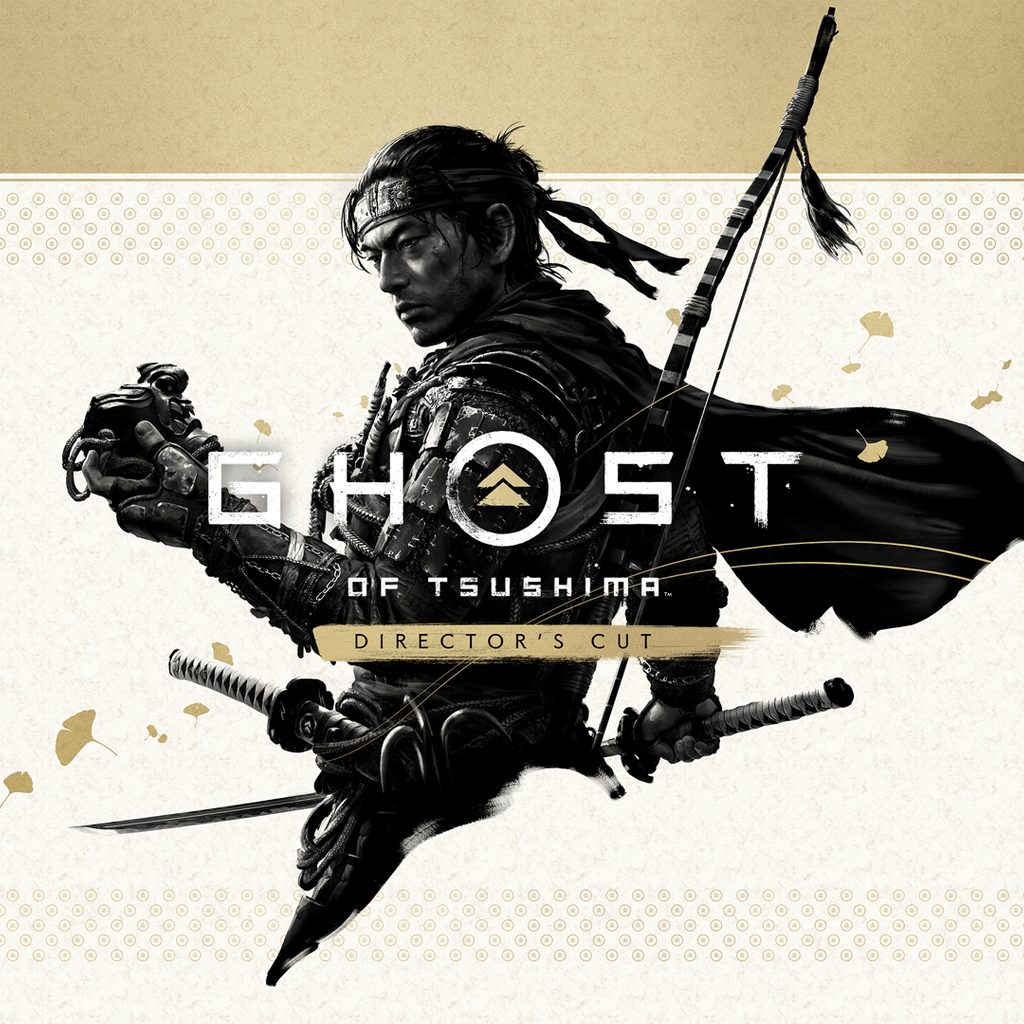Marvel season is back, after fans of the franchise have eagerly waited for new content following the end of the Infinity Saga. Since Marvel made its comeback, it has come out with short series WandaVision, Falcon & The Winter Soldier, and Loki. More recently, Marvel has come out with films Black Widow and Shang Chi, as well as a short animated series called What If. As far as the franchise is concerned, they’ve come back pretty strong with more to come too. Among the projects to come is Eternals, arguably one of Marvel’s lesser known properties (unless you’re a super fan of the comics that is). In that vein, you might be wondering what on Earth the Eternals even are. We’ll get you up to speed on what you need to know for the upcoming movie.
Uh…What Are The Eternals?
As in all things MCU related, we’ll be going back to the comics to answer this question. The Eternals got their own comic run in 1976. The Eternals themselves are beings that were created to be “immune to time and death” and are a smaller sub-population of humans (CinemaBlend, 2021). They’re, in essence, humans that were bred to be godlike beings.
Who Made Them And Why Do They Exist?
You’ll notice that the word “bred” was used not too long ago. Well, that’s because the Eternals answer to overlords of their own. Recall in the first Guardians of the Galaxy, there was a scene where The Collector was explaining the nature of The Orb (which turned out to be the Power Stone, which is one of the Infinity Stones). In his explanation, we can see a large, rather peculiar looking giant using the stone. That was our first glimpse at a Celestial. The Celestials are cosmic beings that are a head above the Eternals, as they are the ones who created/bred them. You can think of them as the Titans to your Olympians (in this case, the Eternals) if you’re well versed in Greek mythology.
The Celestials didn’t just create the Eternals however, they’re responsible for creating or “perfecting” modern day humans and a race of beings known as the Deviants. If the Eternals were considered perfect, the Deviants are the complete antithesis. As a result of their monstrous nature, the Eternals take it upon themselves to defend the humans from the Deviants, making it their mission.
Some Interesting Trivia
The trailers that have come out for Eternals are interesting to say the least, as they are loaded with some pretty important questions and answers. For one, why didn’t they do anything when Thanos snapped away half the universe? Well…it wasn’t their place to intervene. As a call back to their comic origins, it’s stated that they were instructed by the Celestials not to intervene in conflicts aside from the ever looming threat presented by the Deviants, who had only been dormant until the “reverse snap” (I guess you can call it that?) took place.
One of the bigger fun facts is that Thanos is a relative (cousin to be specific) to one of the Eternals. This is also from the comics, as well as the notion that Thanos is actually an Eternal/Deviant hybrid. His Deviant nature is actually why he looks the way he does, as well as why he’s so mighty a foe even without the Infinity Stones.
Final Thoughts
It’ll be interesting to see how Eternals fare in theaters since, like Guardians Of The Galaxy used to be, it is one of the more fringe comic titles in Marvel’s repertoire. Though that might not be as much of a factor now since Marvel seems to have grown considerably in popularity. The film will be a test drive of sorts in multiple respects too, as it will not only feature a hero that is openly gay, but according to the director, it will also be the first Marvel movie that features a sex scene. In short, this movie looks like it is going to be juggling quite a bit, hopefully in a way that is successful. Eternals releases on November 5th, 2021.

